There’s a spot in the land behind my house where I have created a little bit of “pause.” A visual clue to the fact that “someone (probably human) was here.”
It’s four pine cones, back ends together and each tip pointing to one of the four directions. I laid the cones on the grass and moved fallen pine needles out from under them, forming a circle around them. At one point, I’d placed a pile of leaves at the center, but time and the elements have taken some creative license and modified it a bit.
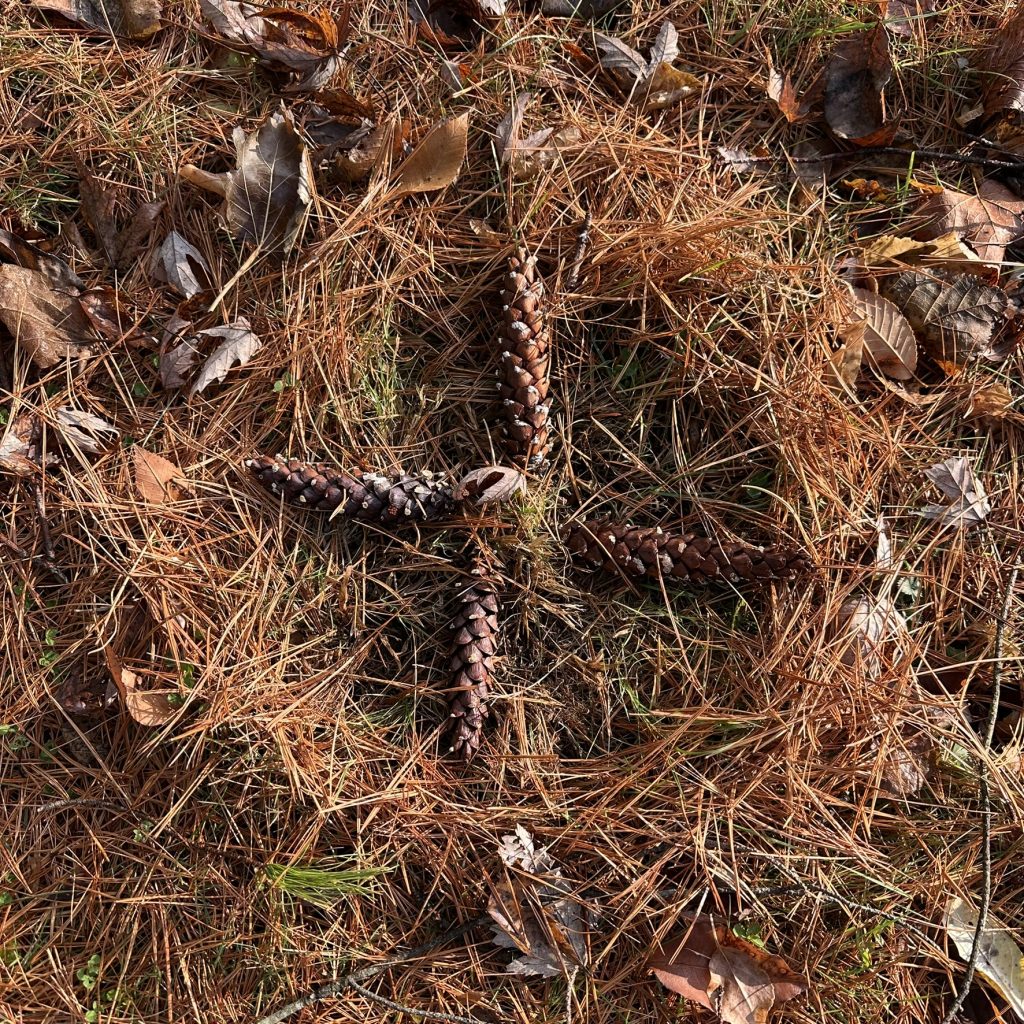
When I come out to this spot, and I try to do so every few days, give or take, I spend some time reflecting and appreciating. I thank the earth for taking care of me, providing me everything I need to live. I thank the air I breathe and move through, the fire of the sun that warms me, the water that quenches my thirst, the ground that stabilizes me. I thank the land for nurturing the plants and animals that feed and clothe me, for providing the materials that made my home and the tools I use, and for the fuels that power so many of them.
And then I spend some time connecting. I spend some time talking to the land. I think of the earth as our Great Mother, a name I learned from one of my teachers, Dra. Rocío Rosales Meza. Everything we need to survive comes from the earth, everything that sustains us, nurtures us, nourishes us, entertains us, and challenges us. Without the earth we are nothing. There’s nowhere else in the known universe that can do what the earth can do.
And, the earth cannot do these wonderous things alone. She sustains—and we exist—because of the synergy between three celestial bodies: the sun, this planet, and its moon. The earth twirls around the sun and the moon twirls around the earth in a cosmic choreography that is vital for life. Appreciative of their participation, I take time to thank the sun and the moon as well.
I talk to Great Mother (sometimes out loud with words or song, sometimes within my heart and mind) and to Sun and Moon. And when I pay attention to them, when I listen to them—when I listen to the thoughts that come to me when I am together with them in this attentive space—I learn.
My indigenous teachers remind me that there is spirit—the divine spark—in every one and every thing. There is spirit in every human being, and every rock, and tree, and bird. There is spirit in air, and water, and fire, in every mineral, in every element.
My teachers remind me that every thing and every one exists in relationship, just as the earth exists in relationship with the sun and moon. Humans live in relationship with the land, with the animals, with the stars, with each other. Truly, is there anything we do that we can do solely on our own? Even breathing is a relationship between our bodies and the air.
The food we eat, the clothes we wear, the homes that shelter us, all are created from entities that come from the earth. Vegetables and fruits, nuts and grains, meat and eggs, wool and cotton and silk, and wood. It’s easy to see the earthly origin of these entities.
Neither is it difficult to trace the ancestry of some common manufactured materials,1 such as steel (iron ore + coal (coke) + limestone), 2 concrete (cement [limestone + clay] + air + water + sand and rocks), and glass (sand + soda ash + limestone).3
And, pretty much everything else—it might not even be an exaggeration to say everything—is a child or grandchild of the petroleum a fuel built from the fossilized remains of ancient organisms.4 5
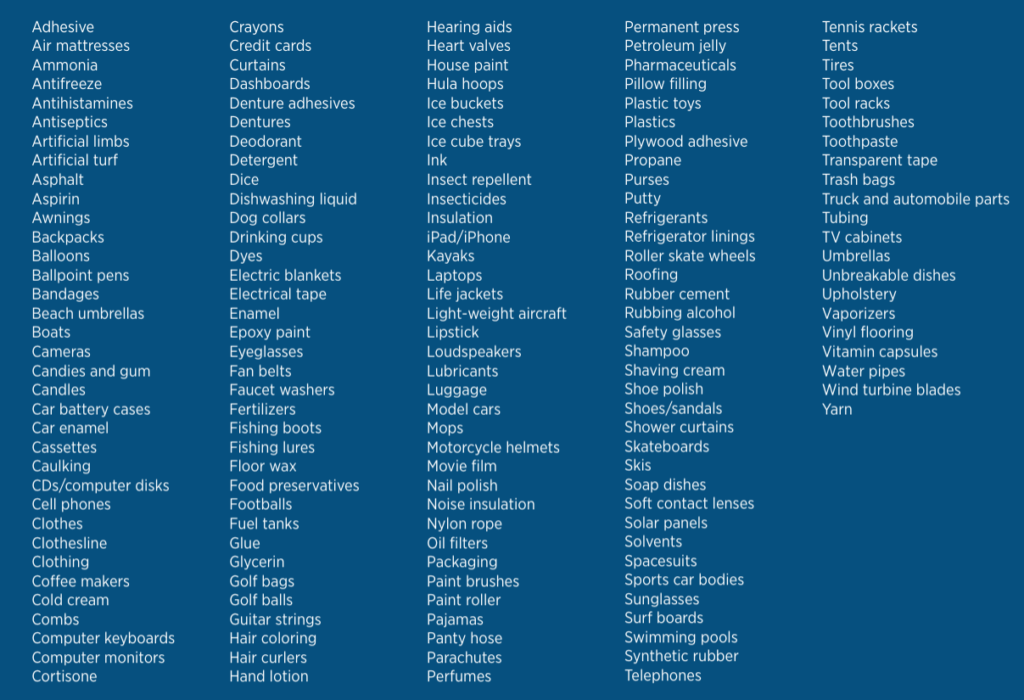
Analysis of origins aside, what doesn’t come from the earth? Sure, there are moon rocks and the occasional asteroid or meteorite. But, seriously.
Without the earth, moon, and sun, without their perfectly choreographed and performed perpetual cosmic dance, we cannot sustain.
We exist because of what the earth provides, because of what we receive. And what do you know? It just so happens that this earth is the perfect place for us, right? There’s nowhere else in the universe—at least that we know of—that has this same life-giving, life-sustaining balance. Coincidence?
Even though we don’t yet know or fully understand how it all came to be, even if we’re not sure whether this delicate balance, the equilibrium of these intricate, multiplicitous ecosystems, was brought about intentionally, we can still feel awe and reverence for what is. Maybe we’re in awe because we don’t understand. Are we supposed to understand everything? Somehow I think there are phenomena too big to grasp, and that’s the way it should be.
So, to circle back:
Every thing and every one exists in relationship, just as the earth exists in relationship with the sun and moon. Humans live in relationship with the land, with the animals, with the stars, with each other.6
The point I want to make here is that relationship is connection, that relationship is about balance, or complementarity, and involves reciprocity. Time and again, my teachers emphasize the importance of living in right relationship, actively participating in both giving and receiving. And to sustain the balance of such relationships means taking responsibility for our part in the equations.
When I think of being in relationship with the earth in this way—with all of creation—I can begin to see that it matters how I behave, how I interact. What we do—as a species, as a person—affects the earth. Certainly what the earth does affects us as well (and which came first??). It’s hard for me to imagine that these causes and effects are not connected, that there’s no correlation between what humans do and how the earth responds.
Spending time outdoors is usually restorative, right? We spend time in the sunshine or soak up the moonlight and wonder at the stars, witness the wind whip around us, listen to the birds converse, feel the crunch of snow or leaves or sand or the splash of puddles beneath our feet. We go outside to absorb the good energy, returning indoors feeling more at ease.
Let’s think about this for a moment.
What happened to us out there?
I think of that kind of experience as a gift. I don’t mean in the sense that it’s extra or that’s it’s a freebie or something that we don’t deserve. What I’m getting at is that there was something there we received. That feeling of ease, the feelings of delight or wonder or of freshness and freedom. Or the thoughts that came to us through the inspiration of our surroundings.
The land, the earth and its inhabitants, the cosmic bodies, they all share something with us, share their gifts with us. And, pretty much, just because. Would they have shared if we weren’t there? Does a tree make a sound when it falls in a forest with no humans around to hear it? Probably. Do birds sing when no others are near? Yes, indeed!7 We humans are not the only ones that can appreciate, and having an audience isn’t a prerequisite.
Even so, when we experience something that supports or uplifts or heals or invigorates us in some way, it feels right to acknowledge it, to show appreciation—to respond, to reciprocate—in some way.
Indigenous teachings emphasize—no, not just emphasize, I feel it’s stronger than that; they prioritize—gratitude. The land takes care of us, so it is good to thank and take care of the land in turn, so that they will continue to provide. We rely on our earth mother to always be there for us, but we can’t just take, and take, and take. The earth is generous, but even our Great Mother has her limits.
How much better does any one of us feel when we are recognized for something positive we’ve shared, especially when when we didn’t look to be praised, when we weren’t planning on it or thinking about it, when we did something because we couldn’t not do it? When we participate in such a reciprocal exchange, when we take responsibility for our part, either by expressing gratitude or accepting appreciation, we nurture right relationship, reinforcing a positive feedback loop, regaining balance.
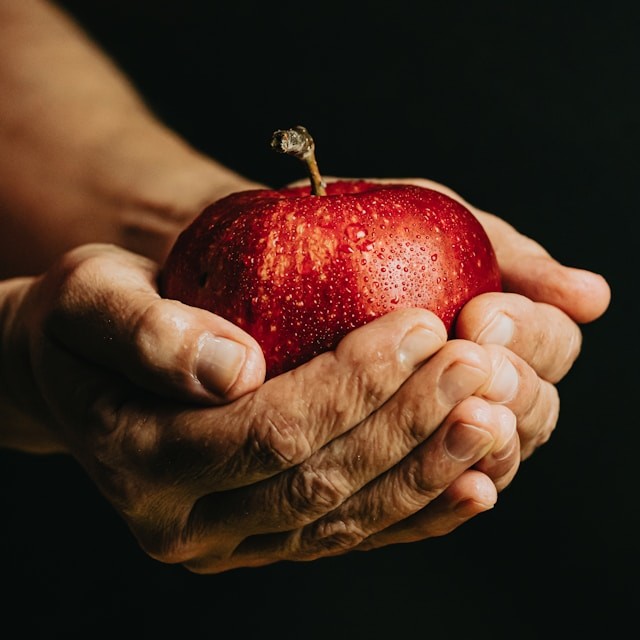
It’s certainly possible to take a whiff of air, or sun ourselves, or spend time “out in nature” in a way that seems to have no impact either on ourselves or our surroundings. And if the landscape feels more like a backdrop, it’s probably because we’ve been trained to see the nature in this way, as a stage adorned with scenery and supporting characters upon which our human lives play out, centered in the spotlight.
It’s no wonder that we interact with the earth as a resource from which we can extract whatever we need or want. The modern societal systems we exist within, including our system of communication (the English language), emphasizes objectification and commodification.
However, if we pause from time to time and let ourselves be present with the ones and things that surround and sustain us—whether by interacting with them physically (feeling the warmth of the sun or watching a tree sway in the wind) or mentally (reflecting on their presence or meaning or merely focusing on and giving our attention to them)—I feel like this allows us a moment of connection with those ones and things that sustains us. And these moments of connection can spark the beginning, or reestablishment, of our reciprocal relationships with the things and ones that enable us to exist and which enrich our lives. When we connect on this level we can honor our symbiotic position within the web of life, and step beyond our extractive conditioning.
And it can start simply. Being present and aware of our surroundings. Appreciating the gifts of creatures and entities we encounter. Saying thank you if we feel so called.
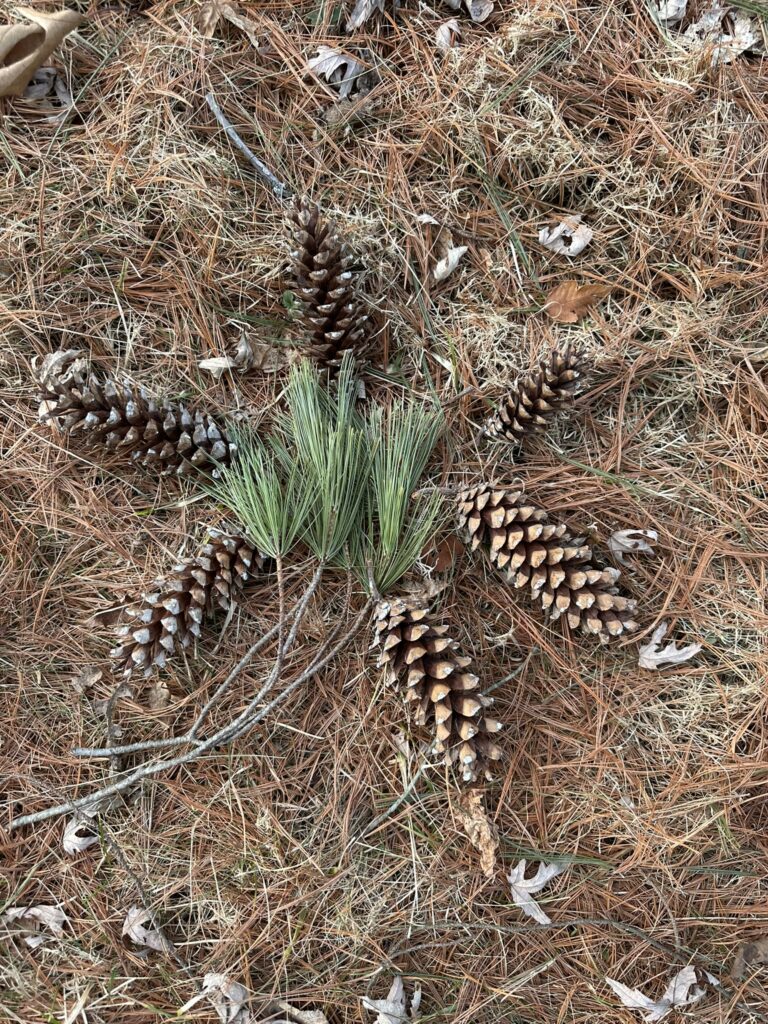
When I leave little gifts of pine cones, I want to say:
Hello, I see you. I am here and I am grateful.
I feel like that’s all our Great Mother Earth is asking of us—
To respond.
To respect.
To reciprocate.
To remember that we are part of it all.
And, perhaps, that’s all it takes to begin again.
A breath.
A step.
A whispered thank you.
Mother Earth will meet you there.


- Manufacture: from Latin manu, ablative of manus “hand” + factura “a working,”) https://www.etymonline.com/word/manufacture ↩︎
- https://www.steel.org/steel-technology/steel-production/ ↩︎
- https://www.vidrala.com/en/vidrala/productive-process/ ↩︎
- https://education.nationalgeographic.org/resource/petroleum/ ↩︎
- https://www.energy.gov/sites/prod/files/2019/11/f68/Products%20Made%20From%20Oil%20and%20Natural%20Gas%20Infographic.pdf ↩︎
- This teaching has come to me from many sources while studying indigenous language and doing lots of reading, including: language keeper Jesse Bruchac and nanawaldagikw (instructors) and co-learners at the School of Abenaki at Middlebury Language Schools; Robin Wall Kimmerer’s book Braiding Sweetgrass; spiritual and decolonial healers Dra. Rocío Rosales Meza and Marilu Shinn; Juliet Diaz; books by Sherri Mitchell, Leanne Betasamosake Simpson, and others. I plan to add a page of Resources soon with links to books and sites. But if you check my Lineage page, some have already listed there. ↩︎
- Birds sing for jollies, too! https://blog.mybirdbuddy.com/post/birds-fun#:~:text=We%20know%20the%20mechanisms%20for,as%20above%2C%20but%20also%20pleasure. ↩︎
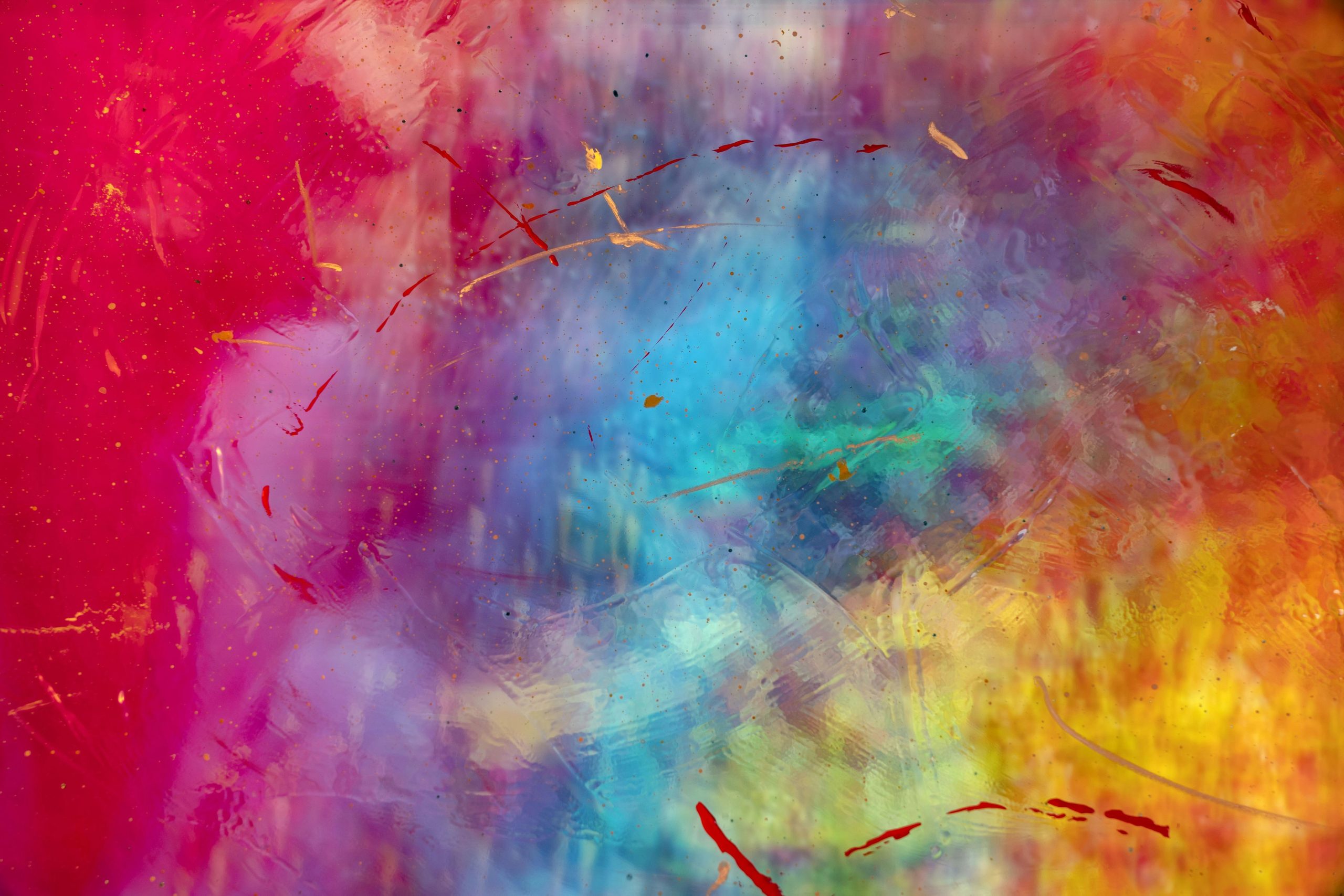
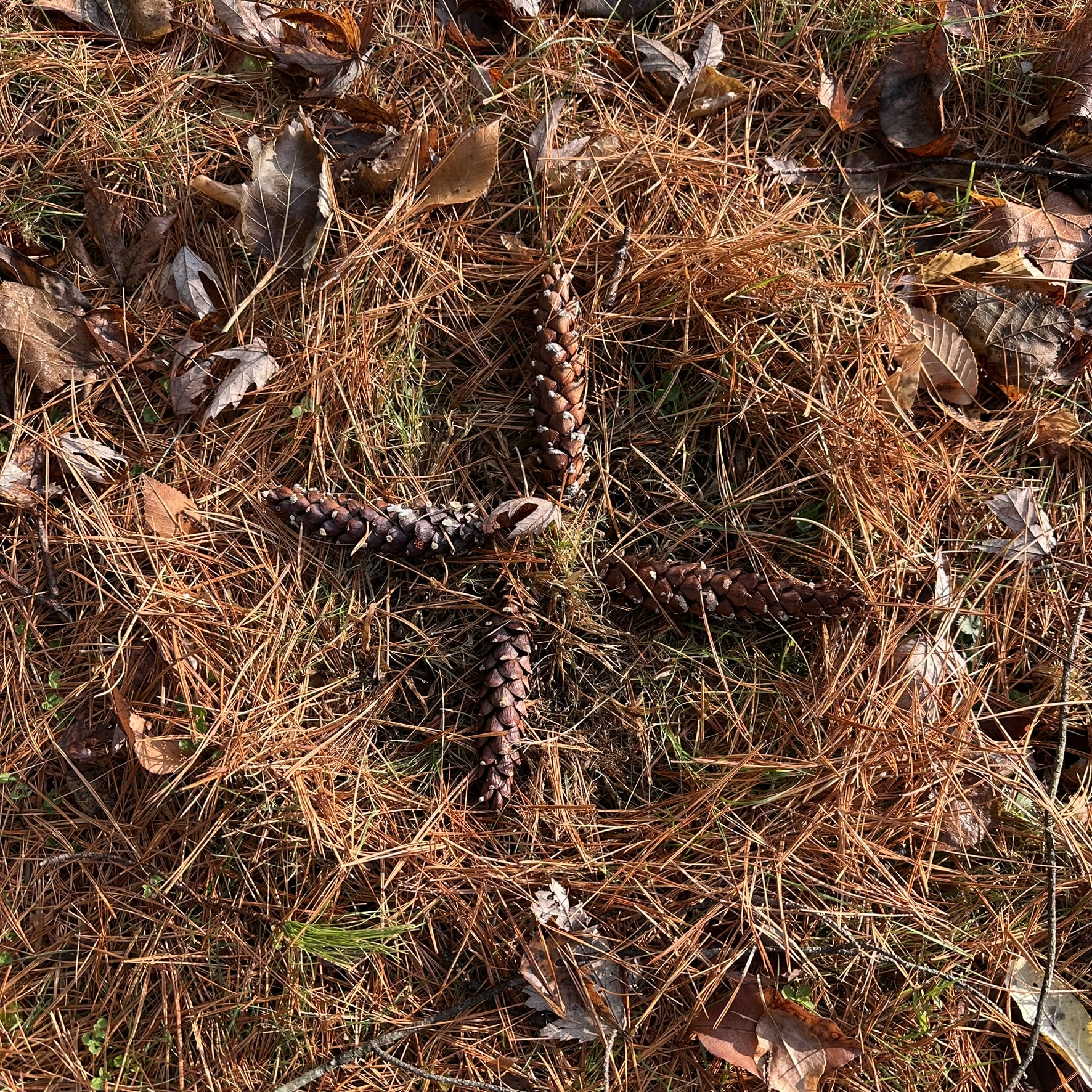
Leave a Reply